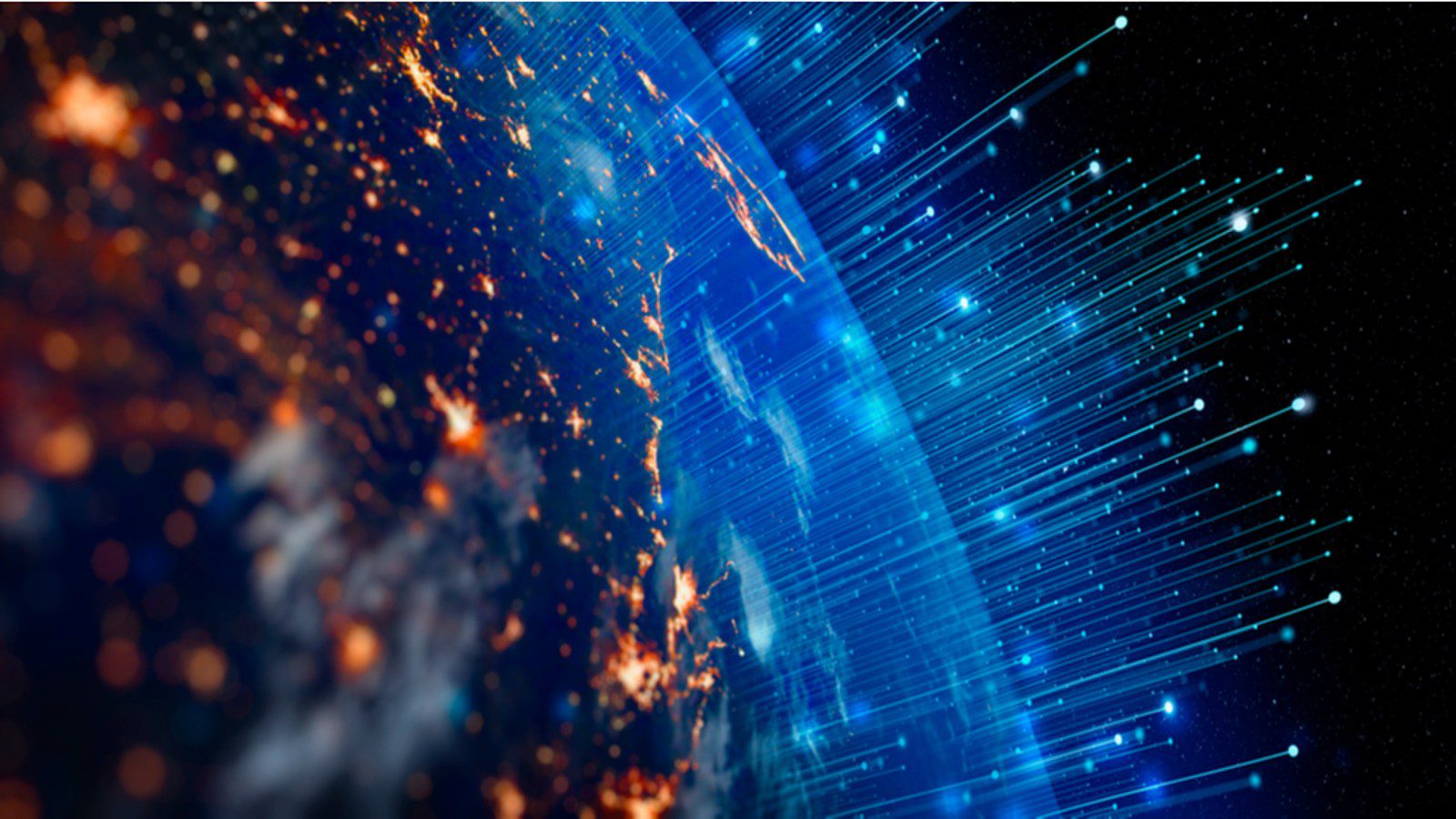Market intelligence, Technology and Trust

Guest:
- Peter Haigh, Chairman of Mintel
Episode Highlights
We’ve got a very simple purpose, which is to help our customers grow. We’ve got about 5000 of them around the world and we help them understand what consumers want and why.
We have some fantastic data sources. Cipher is one of them. We gather a lot of consumer research, ask a lot of questions around the world in 36 countries and then we use that to look for real insights.
On Mintel being the market research industry leader
We’re quite unique in that we have a bank of great experts who use all these data sources. We interpret it and we show businesses those opportunities to fill those gaps in the marketplace. And there are thousands of gaps in the marketplace, particularly now with all the growth of technology.
We help our clients spot those opportunities, and then show them how to build products and advertising that’s going to help them make the most sales to win in the marketplace.
On changing consumer habits and trends
There’s obviously a heightened concern about wellness, about immune health, about emotional well-being and psychological well-being. We’re seeing an awful lot of products that are beginning to take advantage of some of those changes.
Some of the other trends that we’re seeing are a desire for playfulness, and fun.
The third trend I want to talk about is how we are changing the way we interact with our environment. Now spaces are multifunctional. There’s an opportunity for pubs, for example, to be able to rent out spaces to work, there’s an opportunity for retailers to be able to act as recycling centres.
On the increased use of technology
There is an increase in the pace of technological change on many, many different levels, wearable technology, technology in the home, but also technologies that you can see in terms of the way food and drink is developed and the opportunities there to be able to take advantage of what consumers are worried about and meet some of their needs.
Because we’ve seen that the use of technology by consumers has increased dramatically through the pandemic: 7%. More people of older generations are actually using technology that weren’t using technology before.
On new scientific innovations that are coming in to meet consumer needs
Protein is one of the biggest trends in consumer diets at the moment – they want new sources of protein. So we’ve been talking about some of the patents we’ve seen, around using some of the distinct proteins that can now be extracted from bamboo, which is a really good, environmentally-friendly way of technology helping meet consumer needs.
On technology driving the winning brands in food and drink and beauty and personal care
There’s emerging technologies that are appearing in lots of drinks now that are helping people manage their weight through micro bacteria. There’s actually products out there that have got patents that are designed to help your speed of thought when you’re gaming.
On using patents as a source to help provide better insight to customers
Patents are really helpful to us to be able to understand how companies like Nestlé are innovating. Nestlé wants to know what Danone are up to and Unilever wants to know what Procter & Gamble are up to.
Now there’s tens of millions of patents. And it’s a huge potential opportunity and competitive advantage for all of these food and drink manufacturers around the world.
If they use that data, they can get ahead of the competition, by just simply innovating around some of these patents that are out there or using them for ideas to build on and develop products that use similar technologies, or develop their own technologies.
On patent information coming to life when combined with the best-in-class information about the market
I see the opportunity, the positivity behind how it can be used to develop new ideas. How can we look at other ingredients or develop technologies that help us help consumers with their mental acuity? It’s a treasure trove.
On what consumers will demand in the future and how Mintel would respond.
Consumers are going to want an awful lot of openness, but they’re also interested in personalization of products.
We’re selfish creatures, you know, we’re interested in our own health and well-being. So we talk a lot about hyper-personalization, particularly using technology.
Peter’s key takeaway
I’d say: look optimistically at the future, look for opportunities, and make sure that you take advantage of all of the technologies that are out there to personalize things for us as people and make life more enjoyable.

Looking for new ways to classify patent data and create bespoke technology clusters?
Find out how you can use the LexisNexis Cipher Classification system to read 44m+ patents globally and pull the relevant patents into a classifier defined by you and avoid the hard work of going and finding the right patents.
